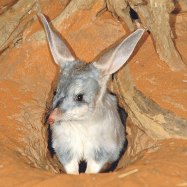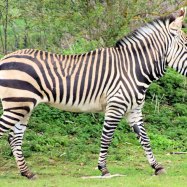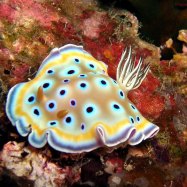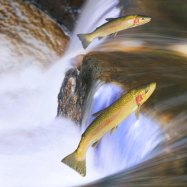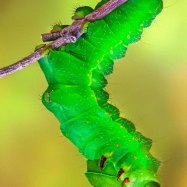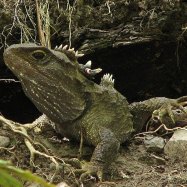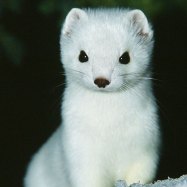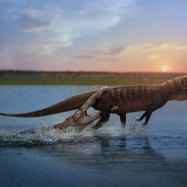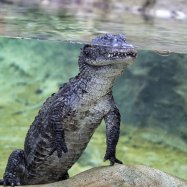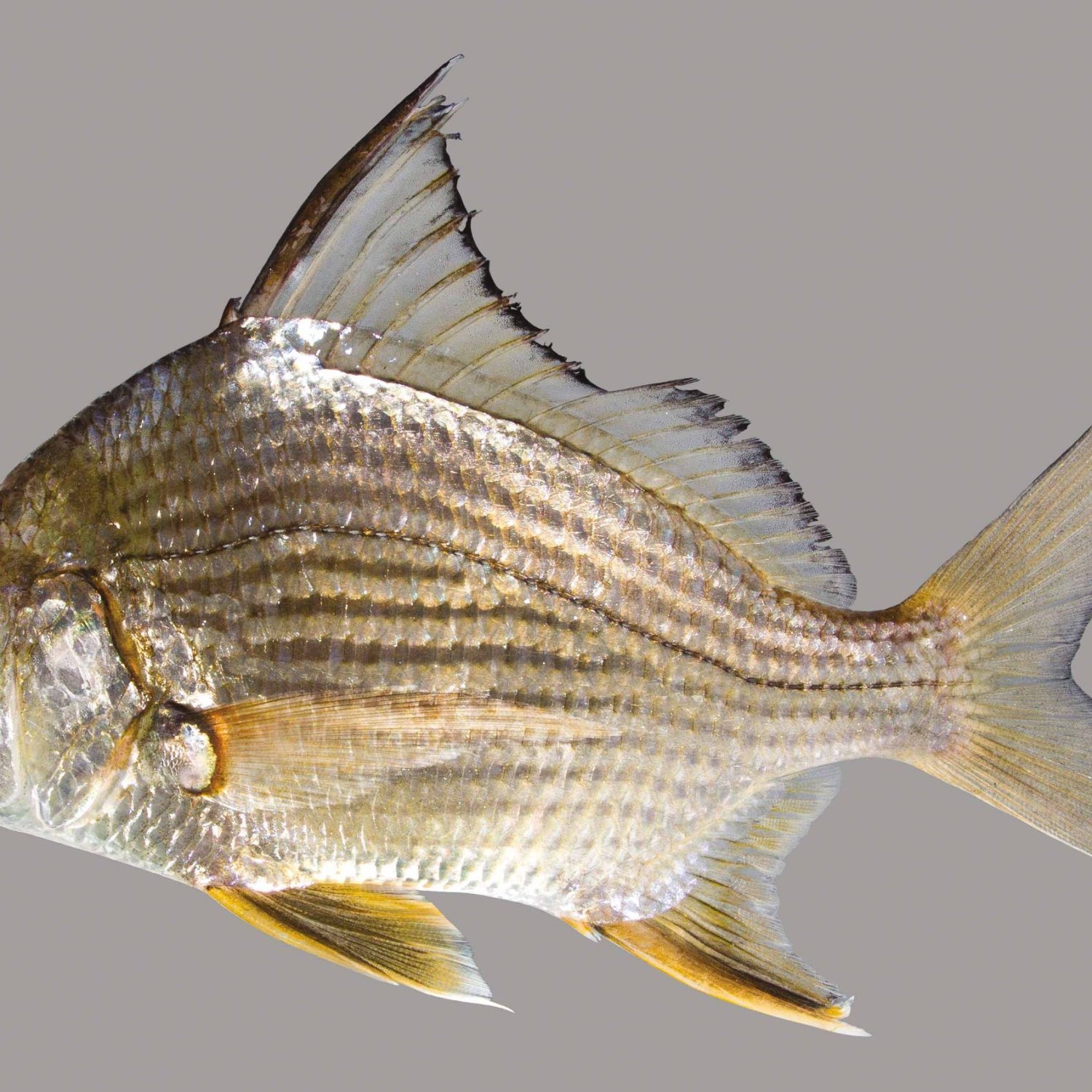
Mojarra
Mojarra typically grows to a length of 10-15 inches (25-38 cm).
Mojarra, commonly found in warm waters like the Gulf of Mexico and Caribbean Sea, is an elongated fish with a compressed body shape. It can grow up to 15 inches and belongs to the Gerreidae family. It's a popular catch among fishermen and a favorite among seafood lovers for its delicate, white flesh. #Mojarra #GulfOfMexico #CaribbeanSea #Gerreidae
Animal Details Summary:
Common Name: Mojarra
Kingdom: Animalia
Habitat: Mojarra is found in both marine and brackish waters, including estuaries, bays, and lagoons.
Mojarra: The Fascinating Fish of the Americas
The shimmering waters of the Atlantic coast of the Americas hold a treasure trove of diverse marine life. Among the myriad of aquatic creatures that inhabit these waters, one fish stands out with its striking silver body and elongated shape - the Mojarra.Scientifically known as Eucinostomus argenteus, the Mojarra is a species of fish belonging to the Gerreidae family. This fish is commonly found in both marine and brackish waters, including estuaries, bays, and lagoons, making it a vital part of the coastal ecosystem Mojarra. Let's dive deeper into the fascinating world of the Mojarra and discover what makes it such a unique and intriguing creature.
Classification and Distribution
The Mojarra belongs to the Animalia kingdom and falls under the Chordata phylum, which means it has a spinal cord and a bony skeleton. It is a member of the Actinopterygii class, which includes most of the bony fish species. Its distinct physical features, behavior and habitat have classified it under the Perciformes order, which includes perch-like fish species. Furthermore, the Mojarra is closely related to other fish species within the Gerreidae family, such as the croakers and the mojarras.The Mojarra has a vast distribution range along the Atlantic coast of North, Central, and South America, as well as the Caribbean. It is native to these areas, making it an essential component of the marine life in these regions. This fish species can also be found in other parts of the world, such as Venezuela, Cuba, and the Bahamas, where it has been introduced through aquaculture.
Habitat and Adaptability
One of the remarkable features of the Mojarra is its adaptability to different environments, making it a resilient fish species Monkfish. It can survive and thrive in various water conditions, including marine and brackish waters with varying levels of salinity. This resilience allows the Mojarra to live in estuaries, bays, lagoons, reefs, and even mangrove forests, making it a versatile fish species.Mojarra's natural habitat is characterized by shallow and calm waters with a sandy or muddy bottom. It prefers these areas as they provide a multitude of hiding spots for the fish to dart into when threatened by predators. These hiding spots also provide an ideal environment for the Mojarra to ambush its prey.
Feeding Habits
The Mojarra is an omnivore, which means it feeds on both plants and animals. This fish species has a varied diet consisting of plankton, algae, small invertebrates, and detritus (dead organic matter). Its diet may vary depending on its habitat and availability of food sources. For instance, in marine waters, the Mojarra feeds mainly on plankton, while in brackish waters, it feeds on algae and small invertebrates.Mojarra's feeding method is through filter-feeding, where it uses its specialized gill rakers to filter out small organisms from the water. It also uses suction to suck in prey such as small crustaceans, worms, and fish larvae, which are then trapped in its pharynx and swallowed.
Physical Characteristics
The Mojarra has a beautiful and distinctive appearance, with a slender and elongated body that can reach a length of 10-15 inches (25-38 cm). Its body is slightly arched and compressed, giving it a streamlined shape for swift swimming. This fish species has a prominent pointed snout, small eyes, and a small mouth. Interestingly, the Mojarra's mouth is slightly protrusive, resembling a vacuum cleaner nozzle, which it uses to suck in food.The most striking feature of the Mojarra is its silver or silvery-blue body coloration. Its body has silvery scales with a bluish tint, which provides excellent camouflage in the shimmering waters. Additionally, the Mojarra has a dark spot on its gill cover and a yellowish tinge on its pelvic and anal fins, making it a stunning sight to behold.
Behavior and Reproduction
The Mojarra is a highly sociable fish species, forming large schools that swim together in a synchronized manner. These schools provide protection from predators, and the fish can communicate and coordinate movements through vibrations and signals. The Mojarra is also a diurnal species, meaning it is active during the day and rests at night.Mojarra's breeding season varies depending on its habitat, with breeding occurring year-round in warmer waters and during the summer months in colder areas. The female Mojarra can lay up to 60,000 eggs at a time, which are fertilized externally by the male. These eggs hatch within a day, and the larvae evolve into adults within three months.
Importance to Humans
The Mojarra holds significant economic and ecological value in the regions where it is found. It is a vital food source for the coastal communities, with its meat being consumed fresh, smoked, canned, or pickled. This fish species is also an essential component of commercial fisheries, with over 10,000 tons of Mojarra being caught annually for consumption.Besides its economic value, the Mojarra also plays a crucial role in maintaining the balance of the marine ecosystem. As an omnivore, it helps regulate the populations of both plant and animal species it feeds on, preventing overgrowth and depletion of vital resources.
Threats and Conservation
While the Mojarra is widely distributed and not currently at risk of extinction, it still faces various threats in its natural habitat. One of the major threats is overfishing, as this fish species is highly sought after for consumption. Unregulated fishing can also disrupt the natural balance of the Mojarra's population, leading to a decline in its numbers.Pollution and habitat destruction also pose significant threats to the Mojarra's survival. These fish species are sensitive to changes in water quality and can be negatively affected by sewage or chemical pollutants. Coastal development, such as the construction of marinas and harbors, also destroys their natural habitat, making it difficult for them to survive.
To ensure the continued survival of the Mojarra and other marine species, it is essential to implement sustainable fishing practices and conservation efforts to protect their habitats.
In Conclusion
In summary, the Mojarra is a fascinating fish species that holds a special place in the hearts and waters of the Americas. From its resilience and adaptability to its stunning physical features and crucial role in the ecosystem, this fish is truly a remarkable creature. As we continue to learn more about the Mojarra, let us also strive to protect and conserve its natural environment, ensuring its presence in the sparkling waters for generations to come.

Mojarra
Animal Details Mojarra - Scientific Name: Eucinostomus argenteus
- Category: Animals M
- Scientific Name: Eucinostomus argenteus
- Common Name: Mojarra
- Kingdom: Animalia
- Phylum: Chordata
- Class: Actinopterygii
- Order: Perciformes
- Family: Gerreidae
- Habitat: Mojarra is found in both marine and brackish waters, including estuaries, bays, and lagoons.
- Feeding Method: Mojarra is omnivorous, feeding on both plants and animals. Their diet consists of plankton, algae, small invertebrates, and detritus.
- Geographical Distribution: Mojarra has a wide distribution range along the Atlantic coast of North, Central, and South America, as well as the Caribbean.
- Country of Origin: Mojarra is native to the coastal regions of the Americas, including the United States, Mexico, and Brazil.
- Location: Mojarra is commonly found in warm temperate and tropical waters, including the Gulf of Mexico and the Caribbean Sea.
- Animal Coloration: Mojarra has a silver or silvery-blue body coloration.
- Body Shape: Mojarra has an elongated and compressed body shape, with a slightly arched dorsal profile.
- Length: Mojarra typically grows to a length of 10-15 inches (25-38 cm).
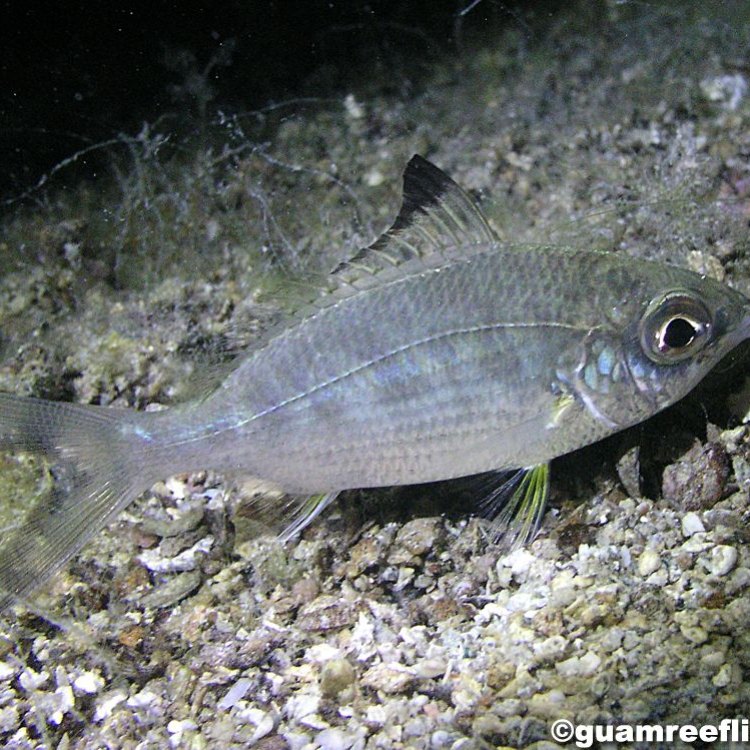
Mojarra
- Adult Size: The adult size of Mojarra can vary, but they usually reach a length of 8-12 inches (20-30 cm).
- Average Lifespan: The average lifespan of Mojarra is around 5-7 years.
- Reproduction: Mojarra are oviparous, meaning they reproduce through the laying of eggs.
- Reproductive Behavior: Mojarra gather in large groups called schools for spawning.
- Sound or Call: Mojarra do not produce sounds or calls.
- Migration Pattern: Mojarra do not have a specific migration pattern.
- Social Groups: Mojarra form large schools, which can consist of hundreds or even thousands of individuals.
- Behavior: Mojarra are highly active and social fish, often swimming in synchronized movements within their schools.
- Threats: The main threats to Mojarra include overfishing, habitat degradation, and pollution.
- Conservation Status: The conservation status of Mojarra is not currently assessed.
- Impact on Ecosystem: Mojarra play an important role in the ecosystem as prey for larger predatory fish and birds.
- Human Use: Mojarra is commonly caught for food and is a popular sport fish in some regions.
- Distinctive Features: Mojarra has a slender body with a deeply forked tail, and a small mouth with sharp teeth.
- Interesting Facts: 1. Mojarra is a popular fish for aquaculture due to its fast growth and adaptability. 2. Mojarra can change their body coloration to blend in with their surroundings. 3. Mojarra are known for their ability to jump out of the water.
- Predator: Mojarra is preyed upon by larger fish species such as snook, tarpon, and barracuda.
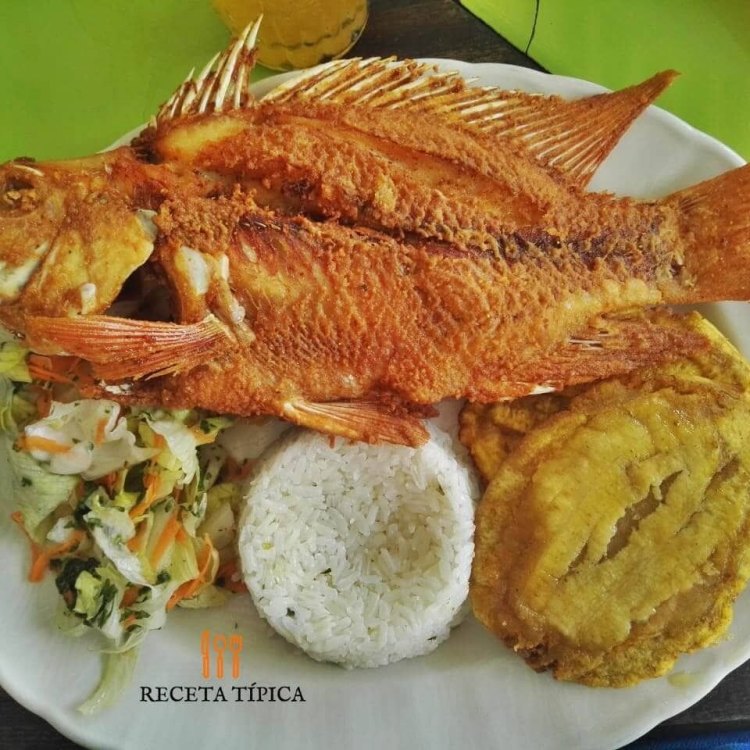
Eucinostomus argenteus
The Fascinating World of Mojarra Fish: Size, Behavior, and Conservation
When you think of a fish, you might picture a simple creature that just swims around in the water. But the mojarra fish contradicts that stereotype with its intriguing characteristics and behaviors. From its unique physical features to its important role in the ecosystem, there's so much to learn and appreciate about this beautiful fish.Let's dive into the fascinating world of mojarra fish and discover what makes them so special PeaceOfAnimals.Com.
Adult Size and Lifespan
The mojarra fish, scientifically known as Gerreidae, is a tropical fish found in the Caribbean Sea, Gulf of Mexico, and South America. They can also be found in some areas of Florida and the southern parts of the United States.The adult size of mojarra can vary, but they usually reach a length of 8-12 inches (20-30 cm). However, there have been reports of some species growing up to 24 inches (60 cm). They have a slender body with a deeply forked tail and a small mouth with sharp teeth.
On average, mojarra fish have a lifespan of 5-7 years. However, in captivity, they can live up to 10 years.
Reproduction and Social Behavior
Mojarra fish are oviparous, meaning they reproduce through the laying of eggs. They gather in large groups called schools for spawning, which usually takes place in shallow waters near the shore Moray Eel. These schools can consist of hundreds or even thousands of individuals.The females release their eggs, and the males fertilize them in the water. Afterward, the eggs drift in the water and hatch within a few days. The young mojarra then join their school for protection and learn to swim and hunt together.
Their social behavior is a sight to behold as they swim in synchronized movements within their schools. It's a mesmerizing display of coordination and communication among these social creatures.
Threats and Conservation Status
Unfortunately, like many other aquatic species, mojarra fish face several threats to their survival. Overfishing is a significant threat, especially in areas where they are commercially fished for food. These fish are also highly susceptible to habitat degradation and pollution, which can affect their reproduction and overall health.Currently, the conservation status of mojarra is not assessed. However, conservation efforts are needed to ensure the sustainability of their populations and to protect their habitat.
Impact on Ecosystem and Human Use
Mojarra play a crucial role in the ecosystem as prey for larger predatory fish and birds. They are an essential food source for species such as snook, tarpon, and barracuda. Without mojarra, these larger predators may struggle to survive, leading to a cascading effect on the entire ecosystem.Human use of mojarra fish is prevalent in many regions where they are caught for food and recreationally fished. In some places, mojarra is considered a delicacy, and its demand as a sport fish is on the rise. They are also popular for aquaculture due to their fast growth and adaptability to different environments.
Interesting Facts
Aside from their unique characteristics and behaviors, there are many interesting facts about mojarra fish that are worth mentioning.Firstly, these fish can change their body coloration to blend in with their surroundings, a trait known as cryptic coloration. This helps them avoid predators and increases their chances of survival.
Secondly, mojarra are known for their ability to jump out of the water, much like flying fish. They use this as a defense mechanism to escape from predators or to catch prey above the water's surface.
Lastly, mojarra is a hermaphroditic species, meaning they can change their sex if necessary. If there is a shortage of males or females in a particular area, some mojarra can change their gender to ensure the survival of their species.
Predators
As mentioned earlier, mojarra fish are preyed upon by various larger fish species, such as snook, tarpon, and barracuda. These predators have a significant impact on mojarra populations, but they also ensure the balance of the ecosystem.However, humans also play a role as predators of mojarra, leading to concerns about their sustainability. With proper management and conservation efforts, we can minimize our impact and ensure the survival of these beautiful fish.
Conclusion
In conclusion, mojarra fish may seem like just another fish swimming in the ocean, but they are a fascinating species with unique features and behaviors. From their size and lifespan to their social behavior and impact on the ecosystem, there's so much to discover and appreciate about them.As humans, it's our responsibility to ensure the sustainability of mojarra fish and their habitat. Let's take steps to protect these beautiful creatures, not only for their sake but also for the health of our oceans and the entire ecosystem.
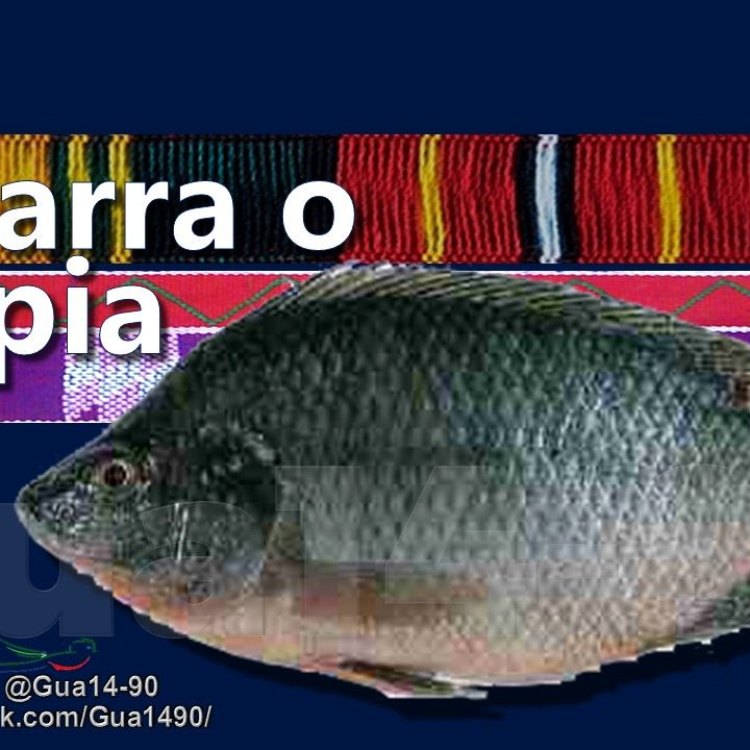
Mojarra: The Fascinating Fish of the Americas
Disclaimer: The content provided is for informational purposes only. We cannot guarantee the accuracy of the information on this page 100%. All information provided here may change without prior notice.

